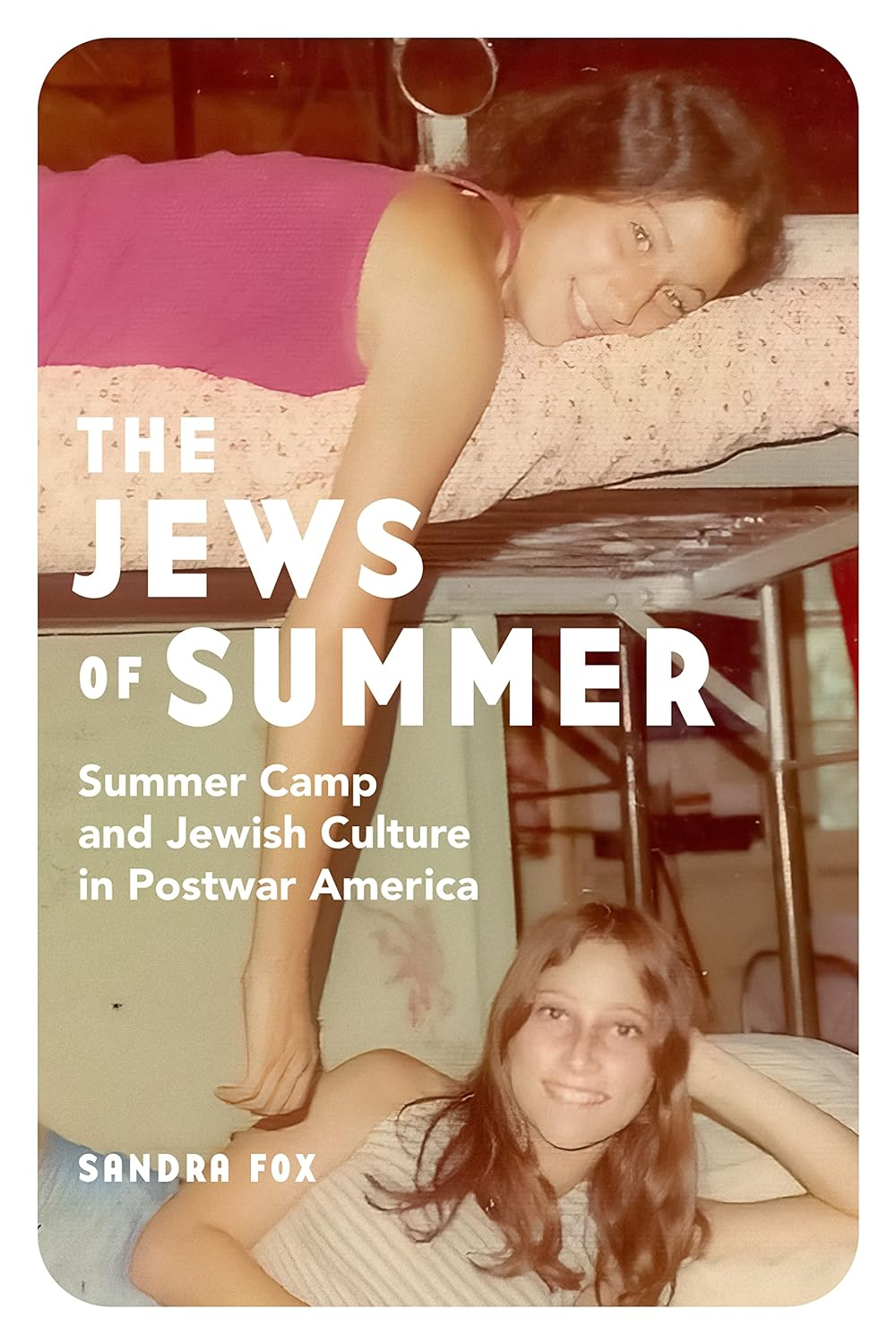While rising rates of intermarriage between Jewish and non-Jewish Americans began to deeply influence Jewish camps’ approaches to camper dating from the 1960s onward, Jewish organizations began to embrace coeducational camping for adolescents in the 1920s with a particular kind of enthusiasm. In the early 20th century, most American summer camps operated as single-sex environments. As both progressive reformers and proponents of muscular Christianity began to see the impacts of industrialization and urbanization on children as a problem, most early camps focused on “masculinizing boys” or producing healthy urban girls in camps segregated by sex. At the turn of the century, many private camps for well-established Jews and philanthropic camps for the children of immigrants followed a similar single-sex trajectory, serving Jewish boys and Jewish girls separately.
This early norm of single-sex camping came into question beginning in the 1920s, as psychologists such as Sigmund Freud and G. Stanley Hall advocated for the importance of heterosocial development to counter the development of homosexuality, a prospect they viewed as undesirable. In response, some boys-only camps integrated girls in the 1920s or 1930s, while others built or associated themselves with a “sister” or “brother” camp nearby so that campers of both sexes could occasionally interact. But while most camp leaders came to support coeducation in principle, wrote historian Leslie Paris, “the degree to which children had the right to be sexually exploratory was controversial,” leading most camps that served adolescents to remain single-sex. Through the 1930s, coeducational camps largely operated for preadolescent children, who, most camp leaders and parents believed, “were too young to create sexually charged environments.”
Although they initially followed a similar trajectory, Jewish organizations embraced coeducational camping for adolescent youth more quickly than many of their counterparts in the American camping sector writ large. Jewish “fresh air” camps, as Paris described them, founded at the turn of the century, like camps Tamarack and Wise, were coed from the outset; so, too, were camps with radical or progressive politics that were founded in the 1920s and 1930s, like Kinderland, Wo-Chi-Ca, and Pioneer Youth Camp. Historian Abigail Van Slyck further confirms that Jews took on coeducational teen camping earlier and more vociferously than other groups. “Like other camps organized around ethnic or religious affiliations,” Van Slyck wrote, Jewish camps “were typically coeducational” as they “encouraged young people to marry one of their own.” Progressive politics and an interest in encouraging marriages between Jews of similar backgrounds and political affiliations made coeducational camping a norm within Jewish organizational camping, except for a few camps for children from Orthodox families. When camps with more explicitly Jewish educational purposes opened in the 1940s and 1950s, they emerged out of this tradition of the ethnic, progressive, and nonprofit Jewish camp, separating campers into girl and boy bunks, but otherwise combining the sexes in most activities from dawn to dusk.
